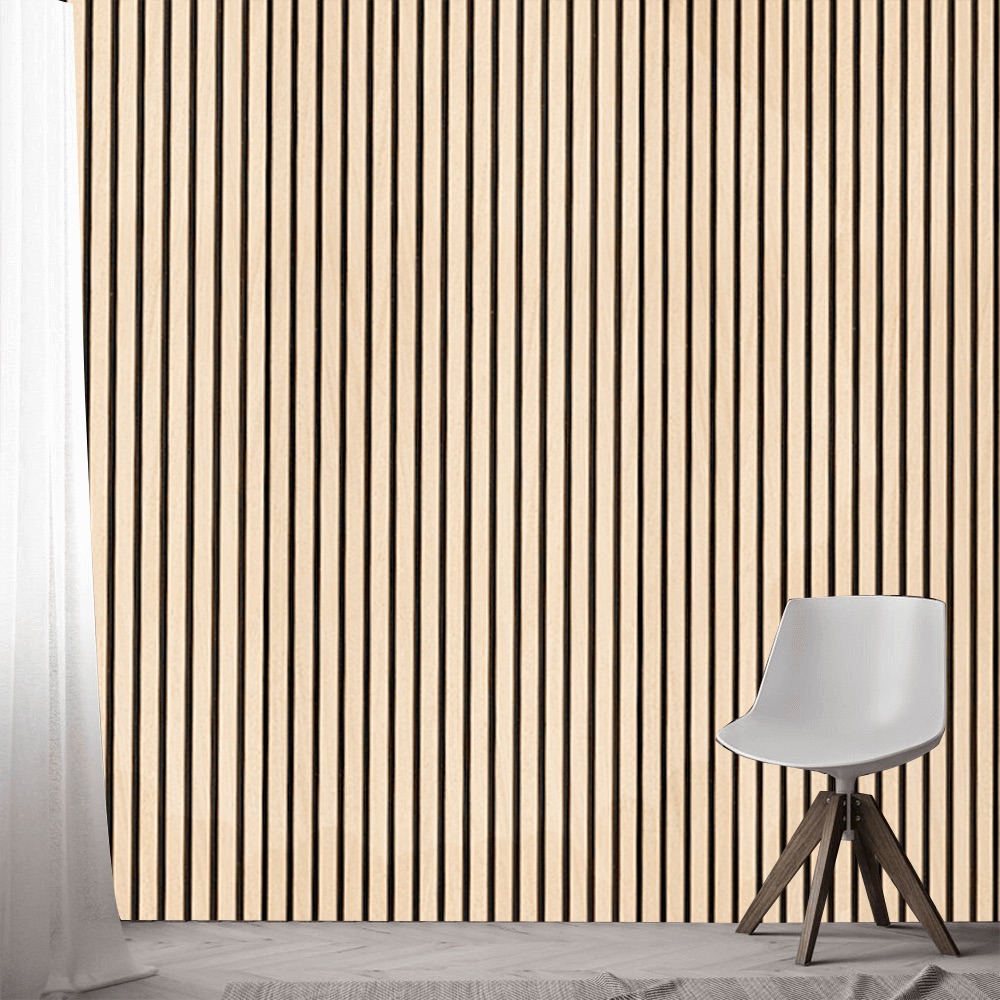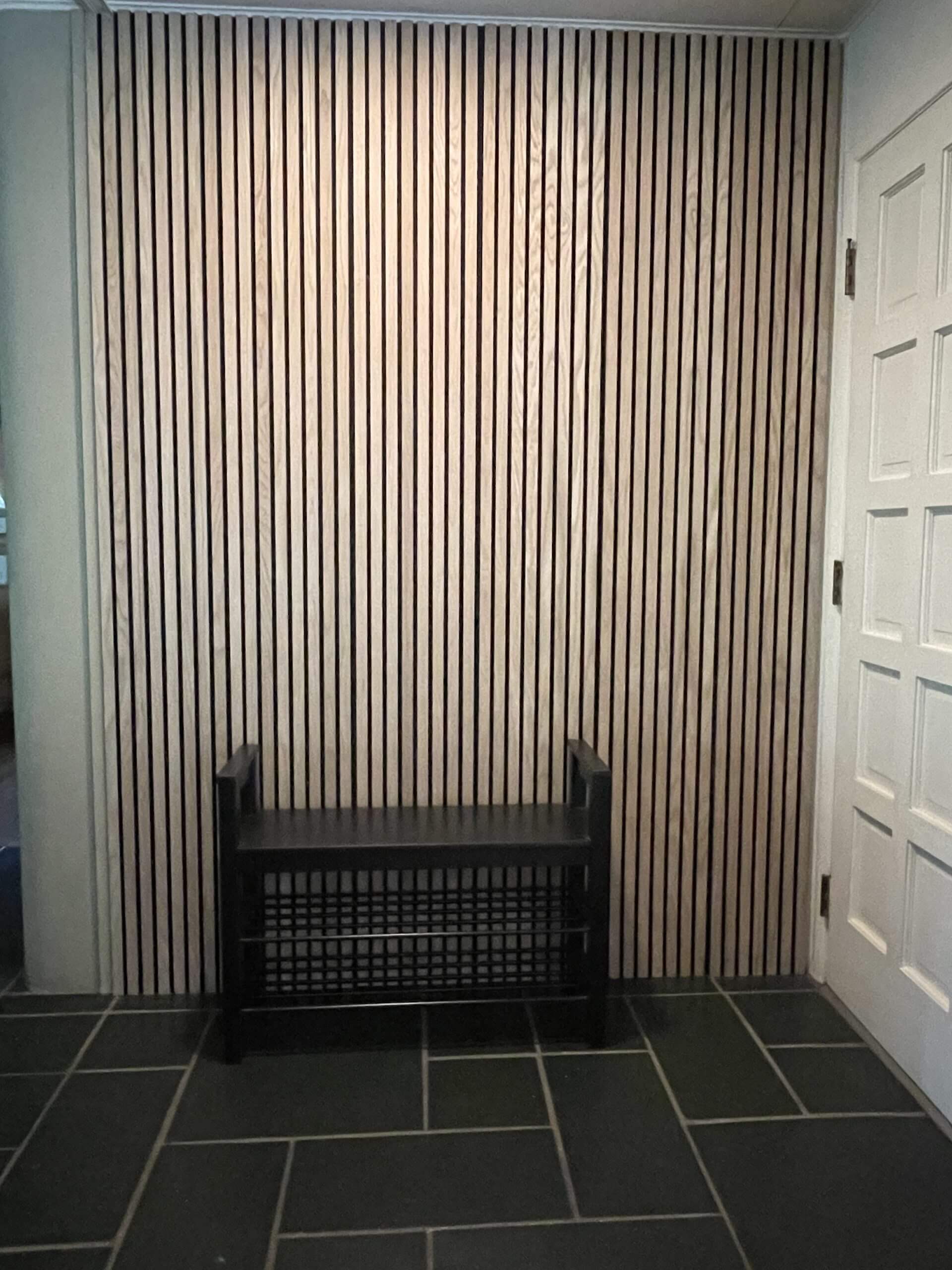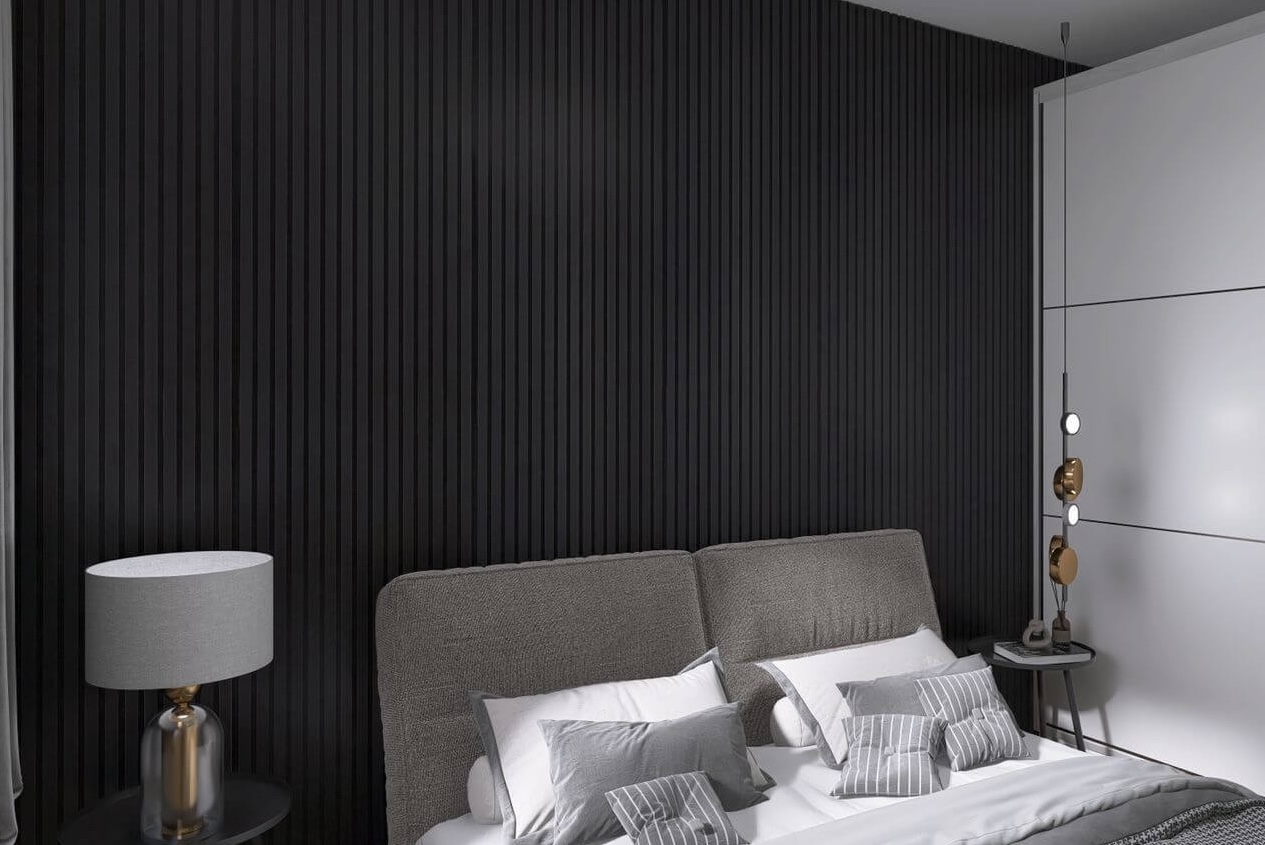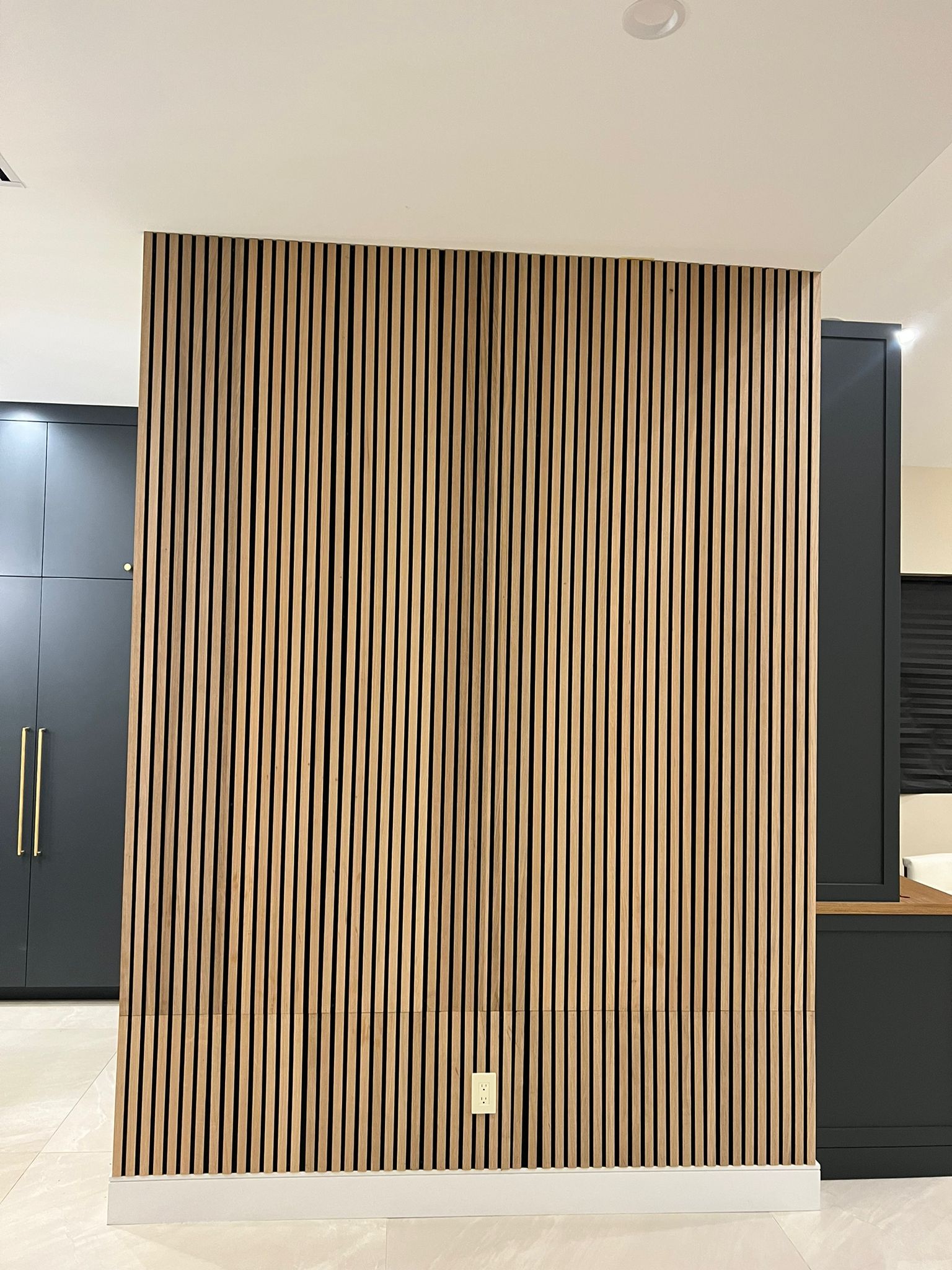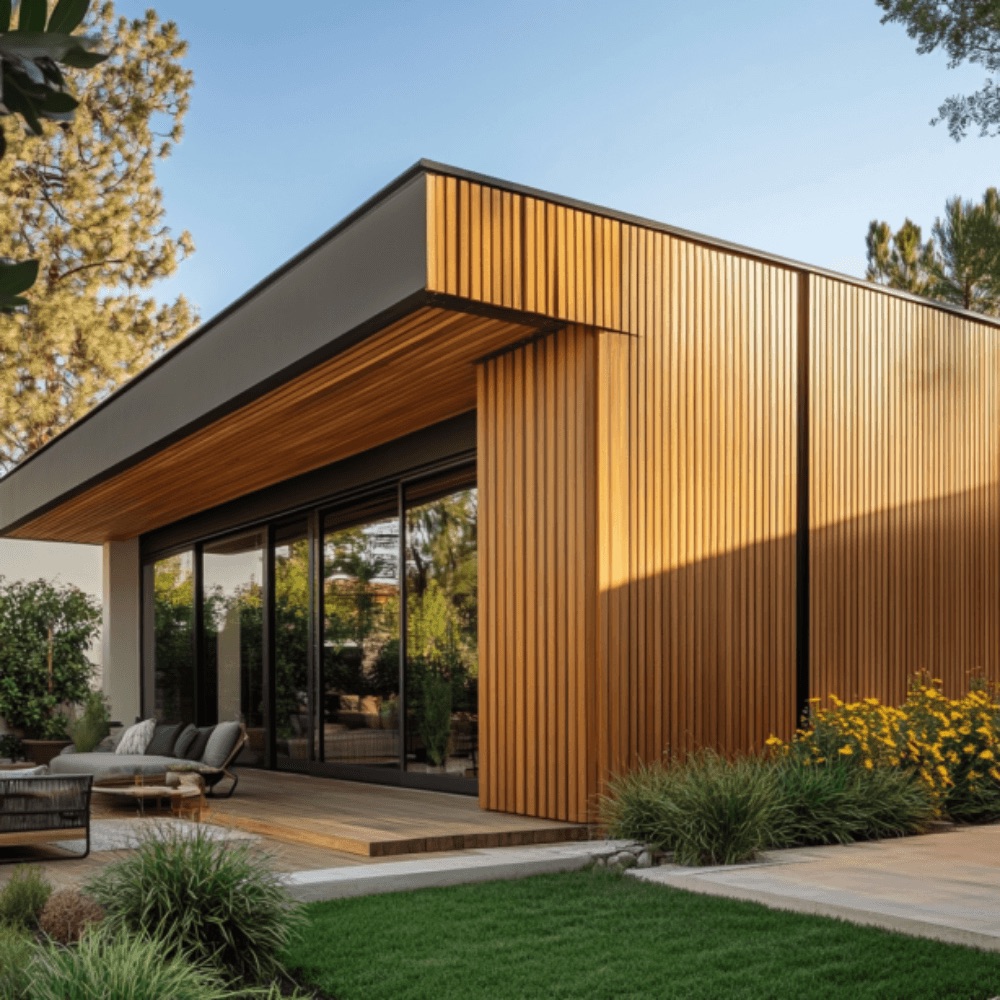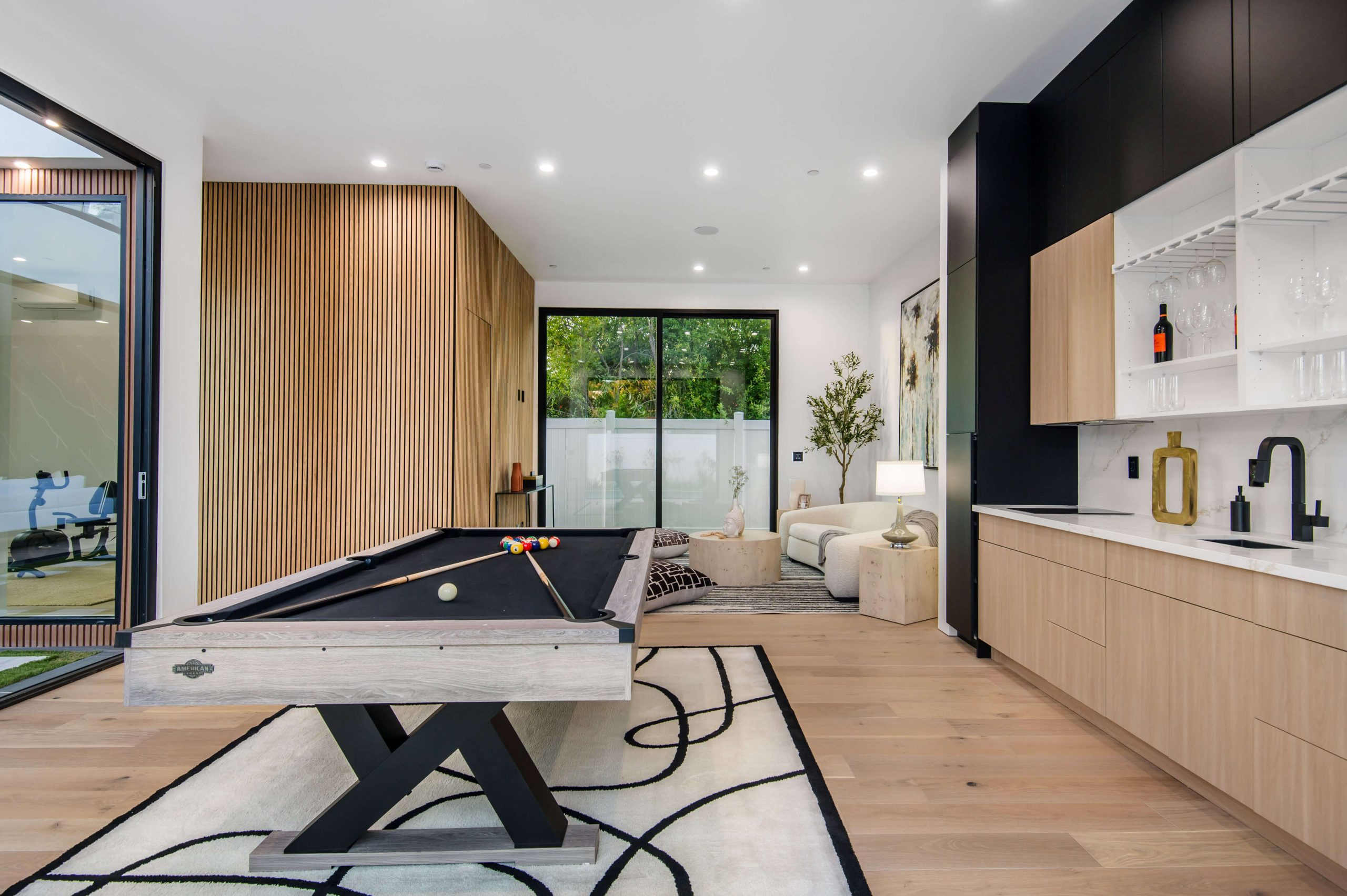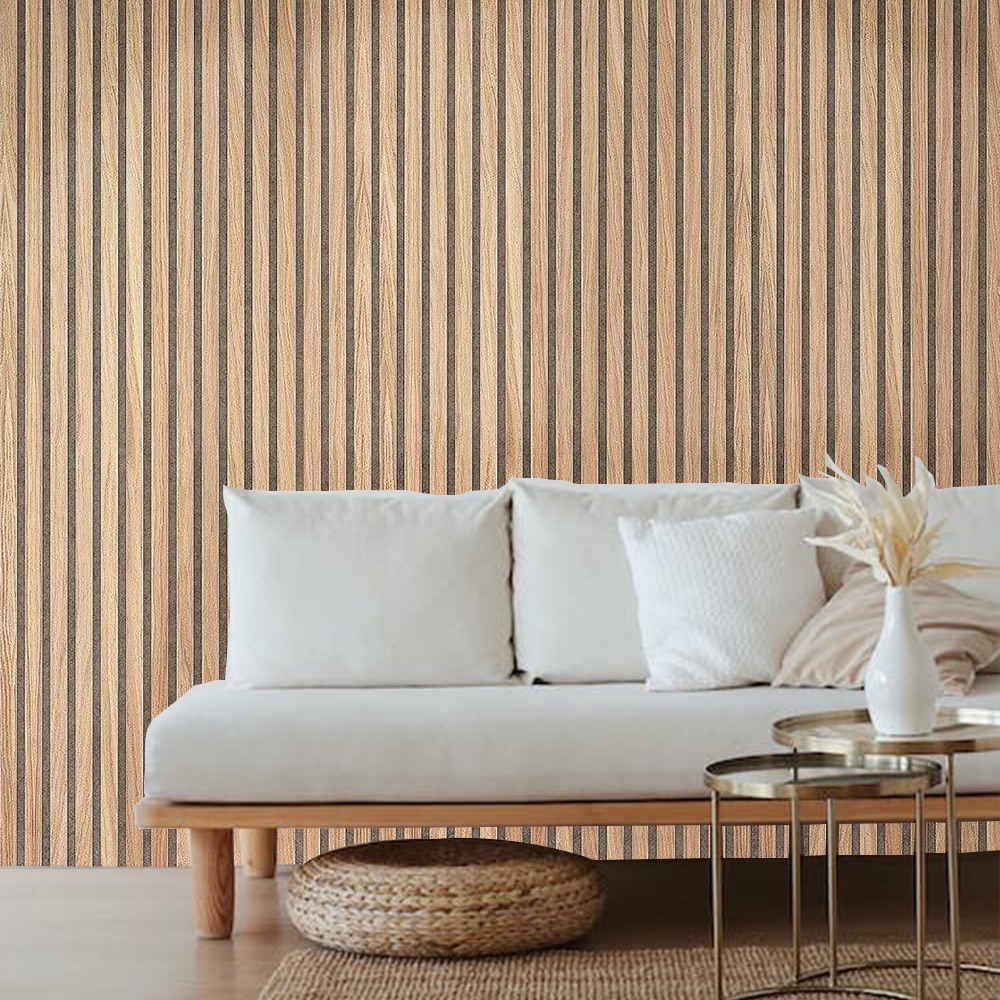Wood wall panels have been an integral part of interior design for centuries, offering timeless beauty, warmth, and functionality. In recent years, their popularity has soared as more homeowners, designers, and architects recognize the benefits of wood as a sustainable material. In this blog, we’ll explore why wood wall panels are an excellent sustainable choice for modern interior design, focusing on their environmental benefits, aesthetic appeal, and practical functionality.
Why Choose Wood Wall Panels for Sustainable Design?
Wood is a renewable resource, and using wood wall panels in interior design promotes eco-friendly practices. Here are the top reasons why wood wall panels are a sustainable choice:
1. Renewable and Biodegradable
Wood is one of the few building materials that can be replenished. When sourced from sustainable forests, using wood wall panels contributes to reducing the carbon footprint of your home. Additionally, wood is biodegradable, which means it has a minimal impact on landfills compared to non-renewable materials like plastic or metal.
2. Energy-Efficient Production
The production process of wood wall panels requires significantly less energy compared to other materials like steel or concrete. This results in a lower carbon footprint during manufacturing, further enhancing wood’s eco-friendly credentials.
3. Durability and Longevity
Properly maintained wood panels can last for decades, making them a long-term investment in both design and sustainability. High-quality wood wall panels, such as those made from real oak or wood-plastic composites (WPC), resist wear and tear, ensuring they look good and perform well over time.
Types of Wood Wall Panels and Their Environmental Impact
When considering wood wall panels for your home or commercial space, it’s essential to know the different types available and their environmental benefits. Here are some popular options:
1. Real Oak Wood Panels
Real oak wood, a durable and high-quality material, is often used for wood wall panels. Oak is sourced from sustainable forests, ensuring environmental responsibility. With its natural aesthetic and strength, oak adds both beauty and longevity to any space.
2. MDF Wood Veneer Panels
Medium-density fiberboard (MDF) wood veneer is an engineered wood product made from compressed wood fibers. MDF panels are often sourced from leftover wood, reducing waste. While MDF isn’t biodegradable, its use still reduces overall tree harvesting.
3. Oxide Wood Panels
Oxide wood panels combine natural wood materials with iron oxide pigments, adding color and visual interest. These panels create a stylish, modern look while maintaining eco-friendliness through the use of natural materials.
4. WPC (Wood-Plastic Composite) Panels
WPC panels are a blend of wood fibers and plastic, designed specifically for outdoor use. Though not purely natural, WPC reduces the need for frequent replacement, minimizing long-term environmental impact. It is a popular choice for those looking for durability and weather resistance.
Benefits of Wood Wall Panels for Interior Spaces
Wood wall panels aren’t just sustainable; they offer numerous practical and aesthetic benefits for interior spaces. Here’s why you should consider them:
1. Enhanced Acoustics
Wood panels have superior sound absorption capabilities. Whether installed in living rooms, offices, or commercial spaces, wood wall panels help reduce noise levels and create a more serene environment.
2. Versatile Design Options
With wood wall panels, you can choose from a variety of finishes, grains, and colors, allowing you to customize the look of your space. From classic oak to modern oxide finishes, wood panels can adapt to both traditional and contemporary interiors.
3. Thermal Insulation
Wood is a natural insulator, which means wood wall panels help regulate indoor temperatures. This can lower energy costs by keeping rooms warm in winter and cool in summer, contributing to the sustainability of your home.
How to Install Wood Wall Panels: A Step-by-Step Guide
Installing wood wall panels is a straightforward process that most DIY enthusiasts can tackle. Here’s a simple step-by-step guide to help you:
- Prepare the Wall
- Ensure the wall surface is clean, dry, and even.
- Patch any holes or cracks and sand the surface smooth.
- Measure and Cut Panels
- Measure the height and width of the wall where you will install the panels.
- Cut the panels to the desired size using a saw, ensuring a snug fit.
- Apply Adhesive
- Use a high-quality wood panel adhesive to attach the panels to the wall.
- Apply the adhesive evenly on the back of the panel.
- Install Panels
- Press each panel firmly against the wall, starting from one corner.
- Use a level to ensure each panel is straight.
- Finish and Seal
- Once all panels are installed, apply wood finish or paint to protect the surface and enhance its appearance.
Visualizing Wood Wall Panels: A Simple Comparison Table
To help you choose the right type of wood wall panels for your space, here’s a quick comparison table of the different options:
| Panel Type | Material | Best Use | Durability | Eco-Friendliness |
|---|---|---|---|---|
| Real Oak Wood Panels | Solid Oak Wood | Indoor/Residential | High | Very High |
| MDF Wood Veneer Panels | Engineered Wood | Indoor/Commercial | Medium | Moderate |
| Oxide Wood Panels | Natural Wood + Oxide Pigments | Indoor/Outdoor | High | High |
| WPC Panels | Wood-Plastic Composite | Outdoor/Commercial | Very High | Moderate |
FAQ: Common Questions About Wood Wall Panels
To wrap up, here are answers to some frequently asked questions about wood wall panels:
-
Are wood wall panels eco-friendly?
Yes, wood wall panels are sustainable when sourced from responsibly managed forests. They are biodegradable and energy-efficient in production.
-
Can wood wall panels be used in humid environments?
While wood panels can be sensitive to moisture, options like WPC panels are designed for outdoor and humid environments, offering excellent water resistance.
-
How do I maintain wood wall panels?
Wood wall panels require regular cleaning and occasional refinishing to maintain their appearance. Avoid using harsh chemicals and clean with a damp cloth.
-
Can I paint or stain wood wall panels?
Yes, many wood panels, including oak and MDF, can be painted or stained to match your decor.
-
Do wood wall panels improve insulation?
Yes, wood is a natural insulator, helping to regulate temperature and reduce energy costs.
Conclusion: A Sustainable Choice for Modern Homes Choosing wood wall panels for your interior design not only enhances the beauty and functionality of your space but also promotes environmental sustainability. Whether you opt for real oak, MDF, oxide, or WPC panels, you’re making a choice that aligns with eco-friendly principles while ensuring durability and aesthetic appeal.

